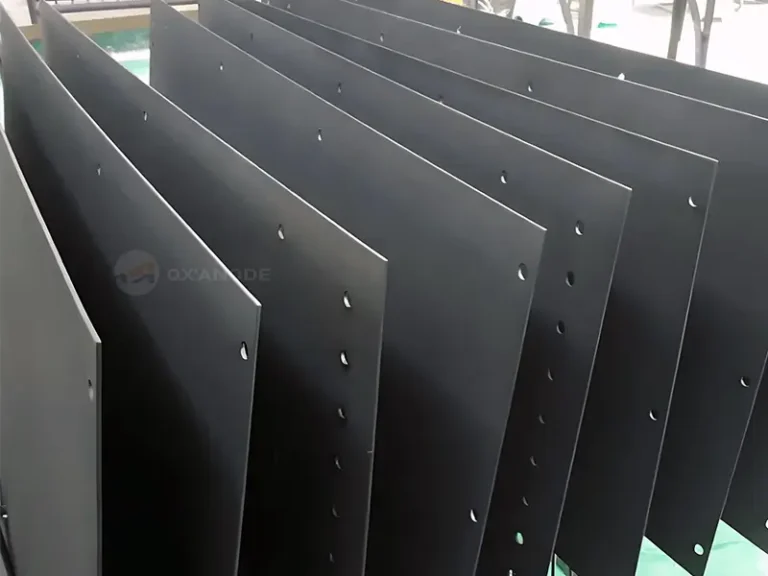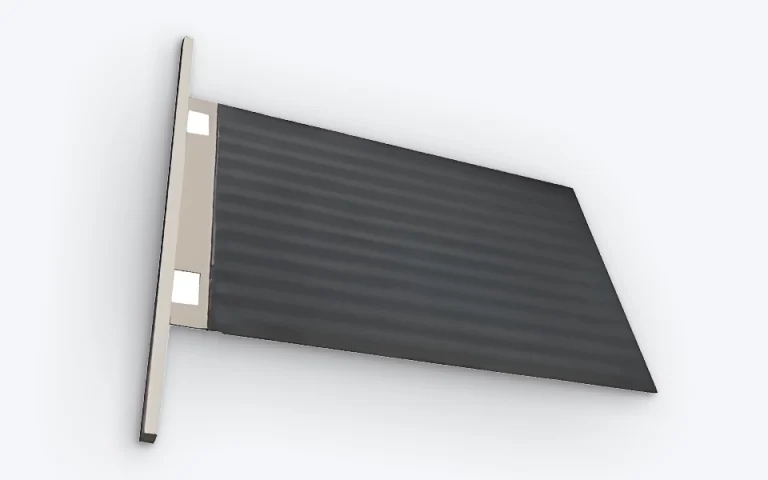Coated titanium anodes
One promising area of research involves the exploration of novel materials for anode coatings. Current coatings, often composed of platinum or mixed metal oxides, can be expensive and face limitations in specific environments. By investigating alternative materials, such as non-precious metals and advanced polymers, researchers aim to develop cost-effective solutions that do not compromise performance. These innovations could lead to wider adoption of titanium anodes across different industries, thereby reducing dependence on less efficient and environmentally harmful materials.
Moreover, the integration of nanotechnology into the production of coated titanium anodes holds great potential. The manipulation of materials at the nanoscale can enhance surface area and reactivity, resulting in improved current efficiency and longer lifespans for anodes. This trend may also pave the way for multifunctional properties, enabling coated titanium anodes to serve additional purposes beyond electrochemical reactions. For instance, incorporating photonic properties may allow these anodes to harness solar energy in conjunction with electrochemical processes, creating hybrid systems that address the dual challenges of energy generation and corrosion resistance.
Additionally, advancements in manufacturing technologies, such as additive manufacturing and 3D printing, will likely revolutionize the design and production processes of titanium anodes. These innovative techniques can facilitate the creation of complex geometries and tailored designs that optimize performance for specific applications. As the demand for more efficient and durable coated titanium anodes grows, the collaboration between researchers and industry professionals will become crucial in shaping the future landscape of this technology.


Future Trends in Titanium Anode Technology
The field of titanium anode technology is poised for significant advancements due to ongoing research in materials science and engineering. As industries increasingly emphasize sustainability and efficiency, the development of coated titanium anodes is expected to play a pivotal role. Future innovations may lead to enhanced coatings that improve the electrochemical performance and durability of titanium anodes in a variety of applications, including marine, electrochemical, and industrial sectors.
One promising area of research involves the exploration of novel materials for anode coatings. Current coatings, often composed of platinum or mixed metal oxides, can be expensive and face limitations in specific environments. By investigating alternative materials, such as non-precious metals and advanced polymers, researchers aim to develop cost-effective solutions that do not compromise performance. These innovations could lead to wider adoption of titanium anodes across different industries, thereby reducing dependence on less efficient and environmentally harmful materials.
Moreover, the integration of nanotechnology into the production of coated titanium anodes holds great potential. The manipulation of materials at the nanoscale can enhance surface area and reactivity, resulting in improved current efficiency and longer lifespans for anodes. This trend may also pave the way for multifunctional properties, enabling coated titanium anodes to serve additional purposes beyond electrochemical reactions. For instance, incorporating photonic properties may allow these anodes to harness solar energy in conjunction with electrochemical processes, creating hybrid systems that address the dual challenges of energy generation and corrosion resistance.
Additionally, advancements in manufacturing technologies, such as additive manufacturing and 3D printing, will likely revolutionize the design and production processes of titanium anodes. These innovative techniques can facilitate the creation of complex geometries and tailored designs that optimize performance for specific applications. As the demand for more efficient and durable coated titanium anodes grows, the collaboration between researchers and industry professionals will become crucial in shaping the future landscape of this technology.
Coated titanium anodes have emerged as a paramount innovation in the field of electrochemistry, effectively transforming various applications from industrial processes to environmental conservation. Their development over the years reflects significant advancements in materials science, particularly with respect to corrosion resistance, durability, and overall efficiency. This technology has not only enhanced performance in electrochemical cells but has simultaneously contributed to sustainability initiatives within multiple industries.
The role of coated titanium anodes in sectors such as wastewater treatment, metal plating, and even energy production cannot be overstated. Their inherent properties enable longer operational lifespans and reduce the need for frequent replacements, thus decreasing overall material consumption and waste generation. This aspect aligns with global sustainability goals, making them a forward-thinking choice in manufacturing and environmental stewardship.
Furthermore, the diverse range of applications demonstrates the versatility of these anodes. From cathodic protection to electrolysis, coated titanium anodes have proven to be effective across different environments and conditions. Organizations that prioritize innovation and sustainability stand to benefit immensely from integrating these anodes into their operations, improving efficiency while minimizing environmental impact.
As industries continue to evolve and face the challenges of resource management and pollution control, the role of coated titanium anodes will likely expand. Their adoption represents a step toward more sustainable practices in electrochemical processes, thereby highlighting their significance in shaping a more responsible future for relevant sectors. The continued research and development in this field promise further enhancements and adaptation of coated titanium anodes, ensuring their relevance in meeting the emerging needs for sustainable solutions.





